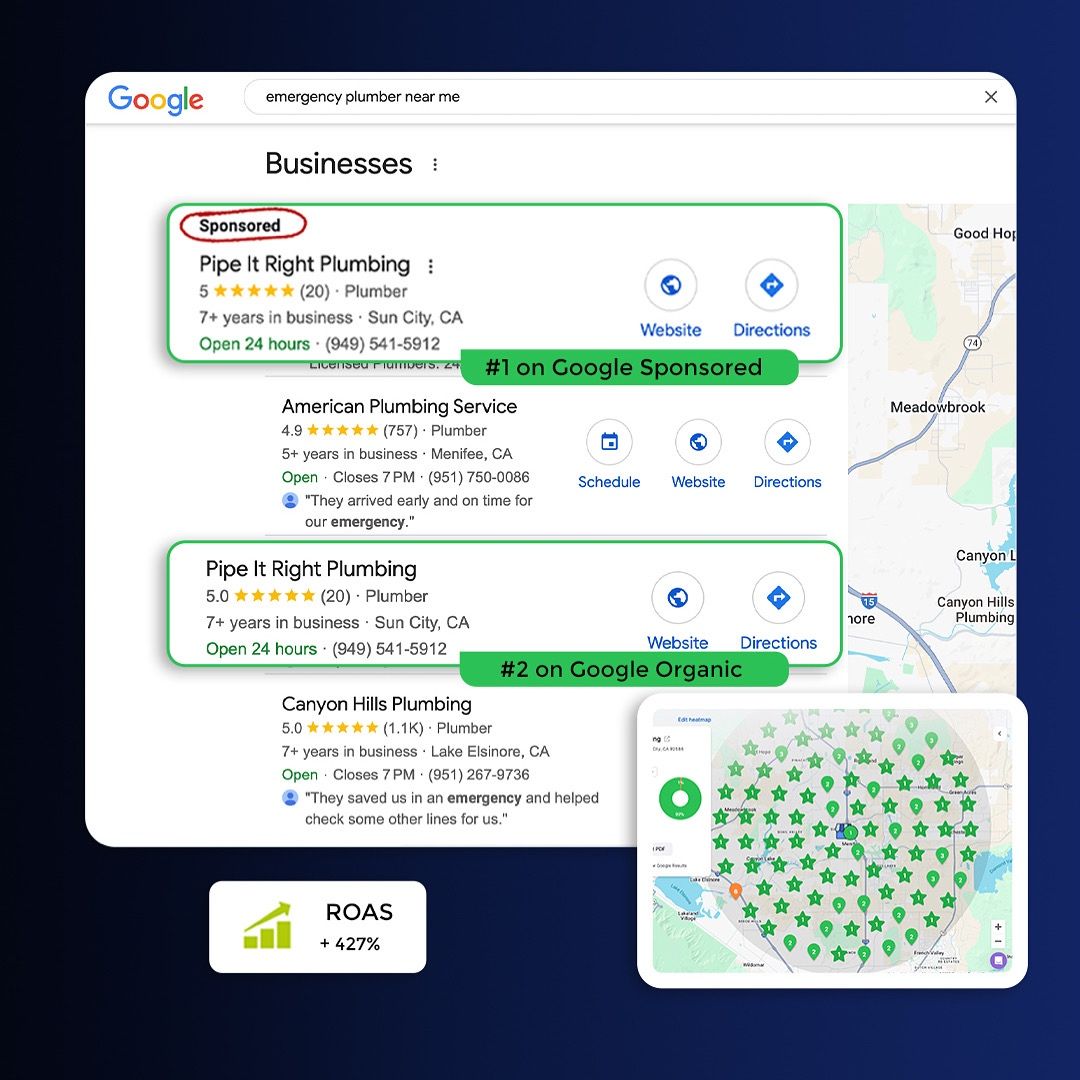Introduction
In an era where consumers increasingly rely on their smartphones for information, local businesses face a unique challenge: how to stand out in a crowded marketplace. With the rise of digital mapping services and search engines, business owners often find themselves at a crossroads between two powerful marketing strategies: Google Maps SEO and traditional SEO. This article aims to dissect the strengths and weaknesses of each approach and help you determine which might be better suited for your local business needs.
Google Maps SEO
What is Google Maps SEO?
Google Maps SEO refers to the optimization techniques aimed at improving a business's visibility within Google Maps results. It focuses on local search queries, allowing businesses to appear prominently when potential customers search for relevant services nearby.
How Does Google Maps Work?
Google Maps integrates various factors to display businesses, including proximity, relevance, and prominence. When users search for local services, Google evaluates these metrics to generate a list of businesses that best match the query.
Importance of Google My Business (GMB) in Google Maps SEO
Google My Business (GMB) plays a pivotal role in local SEO. Claiming and optimizing your GMB listing can drastically enhance your visibility on both Google Search and Google Maps. Ensuring your information—like business hours, contact details, and website—is accurate helps build trust with potential customers.
Key Features of GMB
- Business Information: Name, address, phone number. Customer Reviews: User-generated feedback that can influence consumer decisions. Photos: Visual representation of your business can attract more clicks. Posts: Updates about offers or events can engage local customers directly.
Benefits of Google Maps SEO
marketing agency https://mapranking.com/about/ Increased Visibility: Appearing in Google's Local Pack can lead to higher click-through rates. Mobile Optimization: As mobile searches increase, having a strong presence on maps becomes crucial. User Engagement: Customers can directly interact with GMB listings through calls and messages.Traditional SEO
What is Traditional SEO?
Traditional SEO focuses on optimizing websites for organic search results across the broader web rather than specifically targeting local searches. This includes strategies like keyword research, content creation, link building, and technical optimization.
The Core Elements of Traditional SEO
Keyword Research: Identifying high-value keywords relevant to your business. On-page Optimization: Ensuring content is structured correctly with proper meta tags and headings. Off-page Optimization: Building backlinks from authoritative sites to improve credibility. Technical SEO: Enhancing site speed, mobile-friendliness, and overall user experience.Importance of Content in Traditional SEO
Content remains king in traditional SEO strategies. Valuable content not only engages visitors but also encourages them to share it across social platforms or link back to it from their sites.
Benefits of Traditional SEO
Long-term Results: A well-optimized site continues to attract traffic over time without ongoing costs per click. Broader Reach: Attracts visitors who may not be using maps but are searching for related products or services online. Authority Building: High-ranking sites establish credibility within their industry.Comparing Google Maps vs. Traditional SEO
When weighing the options between Google Maps vs. Traditional SEO for local businesses, several factors come into play:
Target Audience Analysis
- Google Maps: Primarily targets users looking for services nearby; highly effective for immediate conversions. Traditional SEO: Attracts a wider audience seeking information across various contexts; ideal for building brand authority over time.
Cost Implications
- Google Maps: Generally free unless opting for paid ads; however, maintaining an optimized GMB listing requires effort. Traditional SEO: Can involve costs related to hiring experts or investing in tools but yields long-term organic traffic benefits.
Local SEO Strategies That Merge Both Approaches
To maximize effectiveness in your marketing efforts, consider blending both strategies into your overall plan:
1. Optimize Your GMB Listing
Ensure all details are accurate and up-to-date while using keywords relevant to your business offerings.

2. Create Location-Specific Content
Develop blog posts or landing pages that focus on specific locations you serve while incorporating relevant keywords throughout.
3. Build Local Citations
List your business on online directories with consistent NAP (Name, Address, Phone Number) data across platforms.
FAQs About Google Maps vs. Traditional SEO
1. What’s more important for my local business—Google Maps or traditional SEO?
Both have their strengths; combining them often yields the best results by capturing immediate searches while building long-term authority.
2. How can I optimize my GMB listing effectively?
Ensure accuracy in all details and encourage satisfied customers to leave positive reviews while sharing engaging photos of your products/services.
3. Does traditional SEO take longer to show results?
Yes, typically traditional SEO takes longer as it builds authority over time compared to the immediate visibility provided by optimizing your GMB listing.
4. Can I rank well without using traditional SEO techniques?
While it’s possible through strong GMB optimization alone, diversifying your approach will generally yield better visibility across multiple platforms.
5. Is there a cost associated with Google Maps advertising?
While listing itself is free if you utilize paid features like ads or promoted listings on maps there could be incurred costs depending on competition levels.
6. How do customer reviews affect my rankings on Google Maps?
Positive customer reviews enhance credibility and influence ranking factors significantly; they are crucial in attracting potential customers as well!
Conclusion
The debate between "Google Maps vs. Traditional SEO: Which is Better for Local Businesses?" doesn't have a one-size-fits-all answer—it largely depends on individual business goals and target audiences. While both approaches boast unique advantages tailored towards enhancing local visibility and engagement with potential customers, employing them together can create a powerful marketing strategy that meets immediate needs while nurturing long-term growth opportunities.
Investing time into understanding how best to leverage both tactics will not only establish your presence within search engines but also allow your local business to thrive amidst ever-increasing competition! So get started today—optimize that GMB listing alongside refining those website pages—and watch as new customers discover just what you have to offer!
